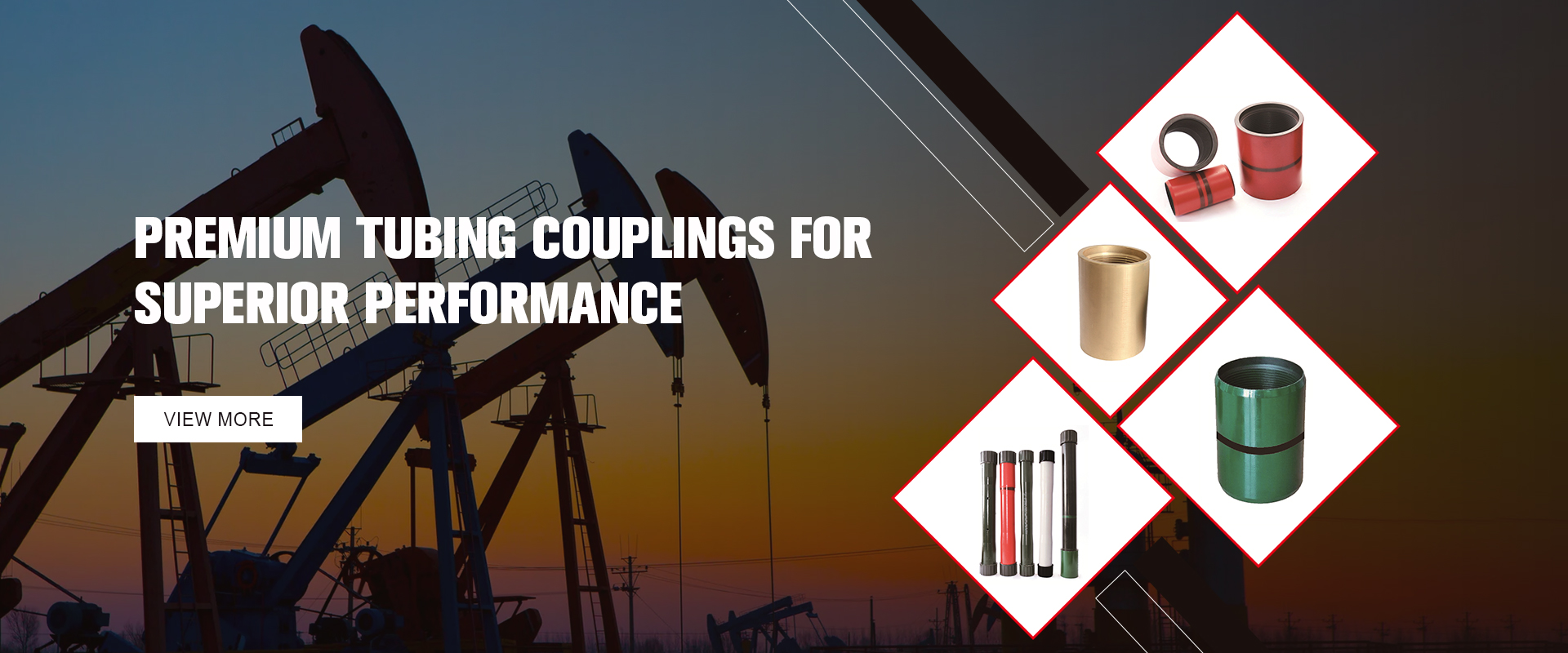- Afrikaans
- Albanian
- Amharic
- Arabic
- Armenian
- Azerbaijani
- Basque
- Belarusian
- Bengali
- Bosnian
- Bulgarian
- Catalan
- Cebuano
- Corsican
- Croatian
- Czech
- Danish
- Dutch
- English
- Esperanto
- Estonian
- Finnish
- French
- Frisian
- Galician
- Georgian
- German
- Greek
- Gujarati
- Haitian Creole
- hausa
- hawaiian
- Hebrew
- Hindi
- Miao
- Hungarian
- Icelandic
- igbo
- Indonesian
- irish
- Italian
- Japanese
- Javanese
- Kannada
- kazakh
- Khmer
- Rwandese
- Korean
- Kurdish
- Kyrgyz
- Lao
- Latin
- Latvian
- Lithuanian
- Luxembourgish
- Macedonian
- Malgashi
- Malay
- Malayalam
- Maltese
- Maori
- Marathi
- Mongolian
- Myanmar
- Nepali
- Norwegian
- Norwegian
- Occitan
- Pashto
- Persian
- Polish
- Portuguese
- Punjabi
- Romanian
- Russian
- Samoan
- Scottish Gaelic
- Serbian
- Sesotho
- Shona
- Sindhi
- Sinhala
- Slovak
- Slovenian
- Somali
- Spanish
- Sundanese
- Swahili
- Swedish
- Tagalog
- Tajik
- Tamil
- Tatar
- Telugu
- Thai
- Turkish
- Turkmen
- Ukrainian
- Urdu
- Uighur
- Uzbek
- Vietnamese
- Welsh
- Bantu
- Yiddish
- Yoruba
- Zulu
Understanding API Casing Sizes and Their Importance in Drilling Operations
Understanding API Casing Sizes A Comprehensive Overview
Oil and gas drilling operations rely heavily on the robust and reliable casing systems to ensure the integrity of the wellbore. At the heart of this system is the American Petroleum Institute (API) casing standards, which outline the design, manufacturing, and sizing specifications for casing pipes used in drilling operations. This article aims to provide an in-depth look at API casing sizes, their significance, and the various types available for use in the industry.
What is API Casing?
API casing refers to the steel pipe employed in the construction of oil and gas wells. Its primary function is to stabilize the wellbore, prevent the collapse of the surrounding formation, and isolate different geological layers to manage fluid movement. The API establishes standards to ensure that the casing pipes are manufactured to reliable specifications that can withstand the harsh conditions encountered downhole.
API Casing Size Designation
API casing sizes are identified by a standardized numbering system that specifies both the nominal pipe size and its wall thickness. The API designates casing sizes by the nominal diameter, which is measured in inches, and provides a list of various wall thicknesses known as “weights.” Common casing sizes include 4.5 inches, 5.5 inches, and 20 inches, among others. The selection of casing size depends on a multitude of factors, including the well depth, pressure conditions, and the type of reservoir being drilled.
Importance of Casing Size
The selection of the correct casing size is crucial for several reasons
1. Well Integrity Proper casing sizing ensures that the well is structurally sound, reducing the risk of blowouts and leaks which can lead to environmental hazards and costly damages.
2. Hydraulic Performance The casing size affects the flow of fluids during drilling and production. An adequately sized casing optimizes the hydraulic dynamics within the wellbore.
4. Application-Specific Requirements Different reservoirs may demand specific casing sizes to accommodate wellbore pressure, temperature, and geological stability.
api casing sizes

Types of API Casing
API casing comes in various types, each designed for specific applications
1. Surface Casing This is the first casing string set in a well and serves to protect freshwater aquifers and provide stability during drilling operations. It is typically larger in diameter and is designed to accommodate potential ground movement.
2. Intermediate Casing The intermediate casing is set after the surface casing and is used to manage pressures encountered in deeper geological formations. It provides additional support and isolation for the wellbore.
3. Production Casing This casing is set in the production zone and serves as the conduit for oil or gas to flow to the surface. It must be robust enough to handle the production pressures.
4. Liner Liners are similar to casing but do not extend all the way to the surface. They are used to support sections of the wellbore without requiring the full installation of a casing string.
Choosing the Right Casing Size
Selecting the right API casing size involves a thorough understanding of the well's geological and operational characteristics. Engineers must consider factors like
- Well Depth Deeper wells usually require thicker-walled casing to withstand greater pressures. - Formation Pressure High-pressure formations necessitate the use of heavier casing to prevent collapse. - Corrosive Environments In environments with corrosive fluids, selecting casing with appropriate protective coatings or materials is critical.
Conclusion
In conclusion, API casing sizes play a pivotal role in the drilling and production process of oil and gas wells. The standards set forth by the API not only ensure the quality and safety of the casing pipes but also contribute to the overall efficiency and effectiveness of drilling operations. Understanding the various casing types and the significance of proper sizing is essential for any professional in the oil and gas industry. By adhering to API specifications and making informed decisions, operators can enhance well integrity and optimize resource recovery.
-
Tubing Pup Joints: Essential Components for Oil and Gas OperationsNewsJul.10,2025
-
Pup Joints: Essential Components for Reliable Drilling OperationsNewsJul.10,2025
-
Pipe Couplings: Connecting Your World EfficientlyNewsJul.10,2025
-
Mastering Oilfield Operations with Quality Tubing and CasingNewsJul.10,2025
-
High-Quality Casing Couplings for Every NeedNewsJul.10,2025
-
Boost Your Drilling Efficiency with Premium Crossover Tools & Seating NipplesNewsJul.10,2025







